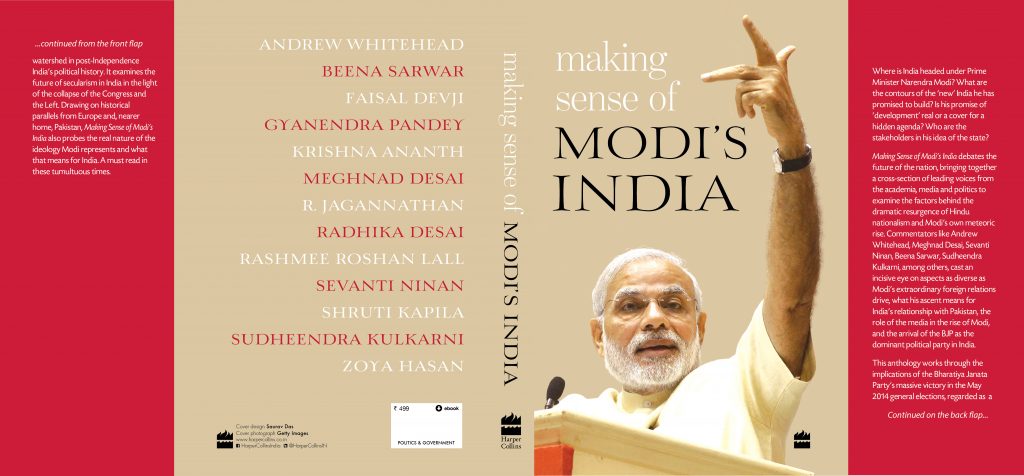Making sense of Modi’s India: An ‘aam’ NRI’s view once again

Now that Indian prime minister Narendra Modi has laid the foundation stone for a Hindu temple in Ayodhya, I couldn’t help but think of the chapter I contributed to the HarperCollins India book ‘Making Sense of Modi’s India’.
The book, published in 2016, two years after Mr Modi’s first magnificent national election victory, was a collection of essays by disparate writers from academia, journalism and politics.
It set out to answer a key question: “Where is India headed under Modi?”
Today, we see the direction of travel clearer than ever before. India is fulfilling the destiny long promised by Mr Modi’s party, the BJP, as well as of the RSS, the fount of its ideology.
India is becoming a theocracy, a Hindu-desh (or Hindu country).
My chapter was on the NRI view of India. (NRI, incidentally, stands for Non-Resident Indian.)
I titled it “An aam NRI’s view of the new India”. (“Aam” is the Hindi word for ordinary.) I sub-titled the chapter “the dharma of disenfranchisement”, accepting at the outset that most of my fellow Indians at home would not regard an NRI as an authentic voice. They would see the NRI as unentitled to critique the motherland.
I acknowledged this as follows: “By that token, I have almost no right to cast a critical eye or god forbid find fault with the land of my fathers. I haven’t lived there for any substantial length of time for 20 years, except for a brief, finite period (2008-11) when I was editor of The Sunday Times of India.”
So I have no rights, I said, “but surely I can claim some civic responsibility”? Surely I can claim “some sense of good citizenship of the world, of which 2.4 per cent of the land is occupied by India and in which one in every seven people is Indian”?
So, to today, when Mr Modi laid a symbolic silver brick at the site of the demolished mediaeval mosque and declared it had been “liberated”.
What are we seeing here? What should the world know about Mr Modi’s India?
As I wrote in the chapter, “It is rare to be able to set a date for the transformation of a whole country and its mindset. But as a then-resident Indian journalist, I believe it really did kick off on September 25, 1990, when L.K. Advani, then leader of Mr Modi’s BJP, began his Ram rath yatra to the northern city of Ayodhya to build support for the movement to reclaim the disputed Babri mosque for Hindus. The goal was to erect a temple dedicated to the infant Lord Ram, Ramlala, at the site that the cultural nationalists believed to be his place of birth. A mosque, built in the 1520s on the orders of Babur, India’s first Mughal emperor, stood on the site when Mr Advani set off from Somnath on the western coast, in a Toyota cannily redesigned as a rath, a traditional chariot.”
Five years ago, the BJP’s website had the following explanation of the symbolism of Mr Advani’s point of departure and the significance of the journey: “It was at Somnath that the assault on Hindu temples and shrines, the living symbols of an ancient nation, by Islamic invaders began – in 1026 the Somnath shrine was ransacked and its riches plundered by Mahmud Ghaznavi.”
And the BJP website also had the following promise about Mr Advani’s 1990 rath yatra: “The pilgrimage will be over the day Ram Lalla finds his rightful place in a temple commemorating the sacred site of his birth.”
(Interestingly, the same language doesn’t seem to be on the website anymore. Perhaps the BJP feels it no longer needs it; the “pilgrimage” is over, after all, with the mosque having been razed and the foundation of the new temple laid.)
We are seeing Mr Modi’s India being built on the rubble of a violently destroyed place of worship.
It is a troubling foundation. I weep for the land of my fathers.

